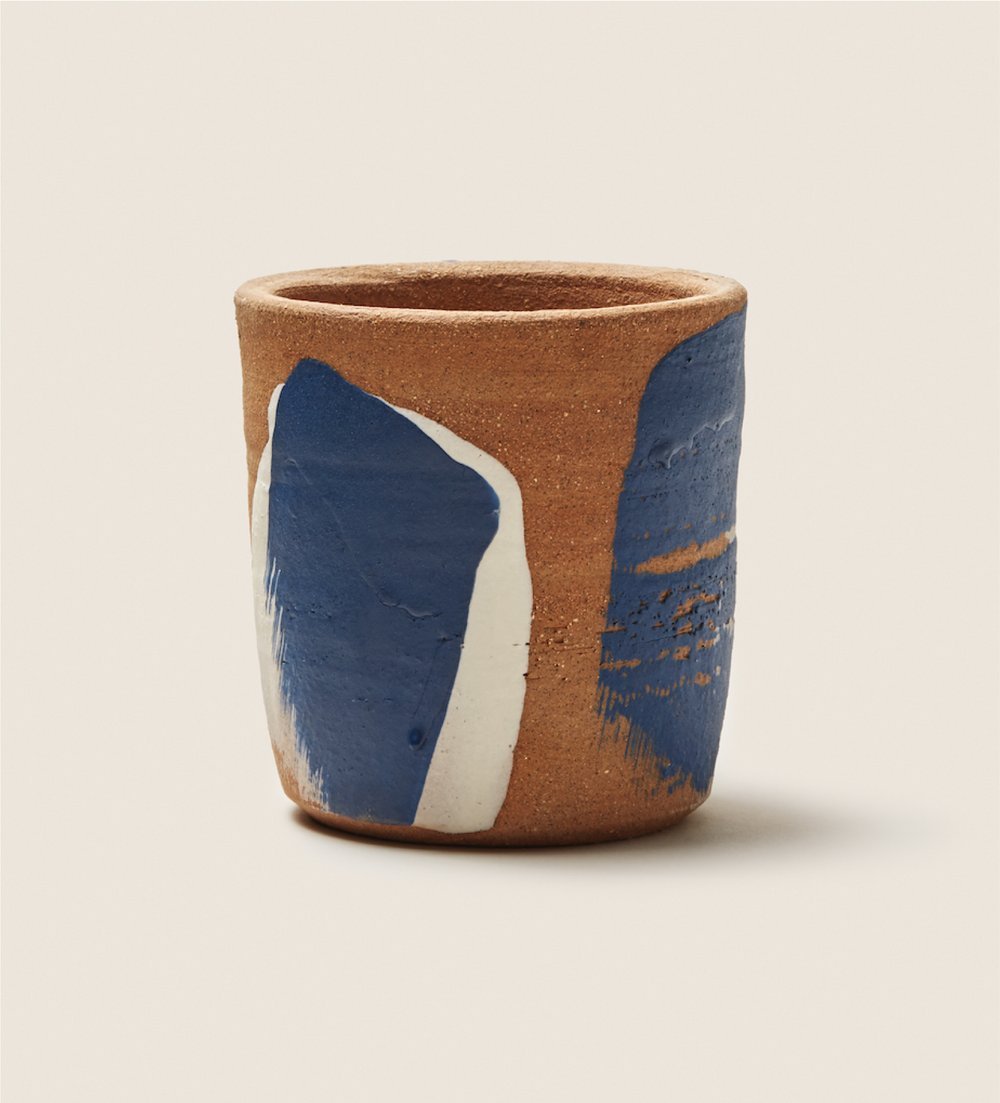What are
Creative Arts Therapies?
In all creative arts therapy sessions, you would use a form of creative expression—whether through art, music, or drama—to explore emotions, gain insights, and promote wellbeing.
Your therapist will offer a safe environment where they help by guiding the process, allowing for both creative exploration and reflective discussion to support you. In this space you will not have to interact with the materials every time. Some days, you might just feel like talking.
Though the underlying goals are similar, each therapist and form of therapy offers unique ways to engage with your emotions and experiences.
What does a session look like?
Your therapy journey will be unique to you, shaped by your therapist and the approach they use. It all begins with an initial consultation—a chance for you and your therapist to get to know each other. They’ll ask about your needs and expectations, while also sharing how they work and what your sessions might look like. This is an opportunity to see if the therapy style and therapist feel like the right fit for you.
If you decide to continue, you’ll arrange your first session, where you'll talk about important agreements like confidentiality and session times. This conversation helps create a clear and safe framework for your therapy, ensuring that the space feels comfortable and supportive for your journey ahead.
How are Art, Music and Dramatherapy different?
-
In an art therapy session, you'll use materials like drawing, painting, sculpting or collage to express your thoughts and feelings.
The therapist encourages you to explore your inner world in a way that is safe for you.
While the main focus is on creating art, there is also space to talk, making the session both reflective and healing.
You
-
In a music therapy session, you’ll connect with your emotions through activities like playing with instruments, singing, or listening to music.
The therapist helps you use sound as a way to express yourself, offering a non-verbal outlet for emotions.
You may also be encouraged to discuss what arises during the session, helping you process your feelings.
-
In a drama therapy session, you’ll use role-playing, improvisation, or storytelling to explore your emotions and personal experiences.
The therapist guides you in expressing yourself through different characters and scenarios.
There will also be space for reflection and discussion, helping you gain insights, enhance self-awareness, and foster emotional growth.
Who can they benefit?
These therapies benefit everyone, regardless of age or background. They are valuable for those dealing with anxiety, depression, or trauma, offering a unique and supportive way to heal emotionally.
Children and teens can build confidence and social skills through creative activities, while adults may find joy and connection.
Creative arts therapies provide a warm, engaging, and supportive path to growth and well-being if you want to understand yourself better or overcome life's challenges.


